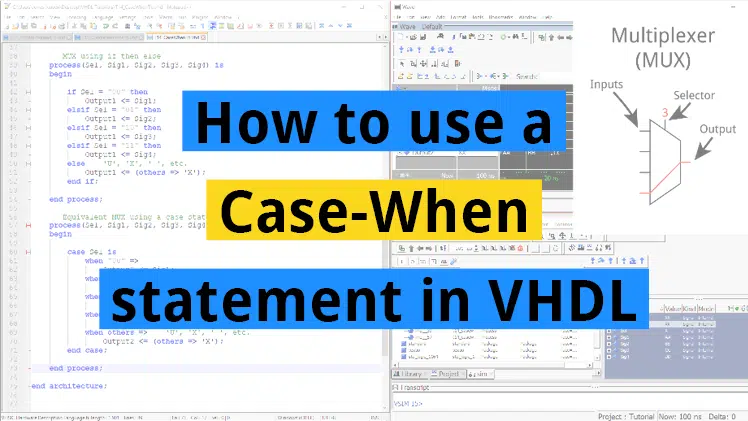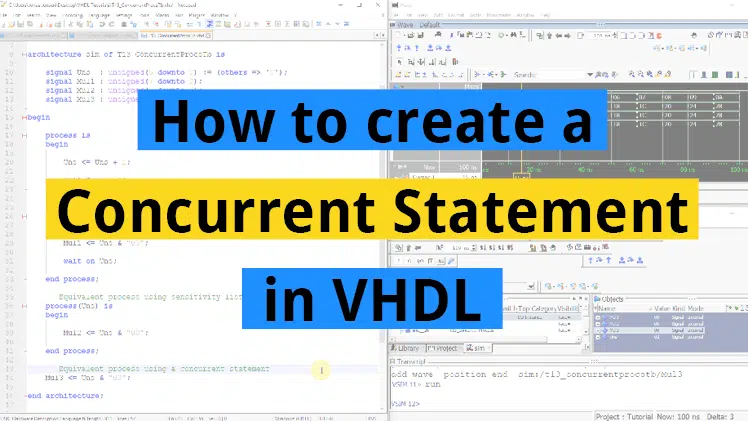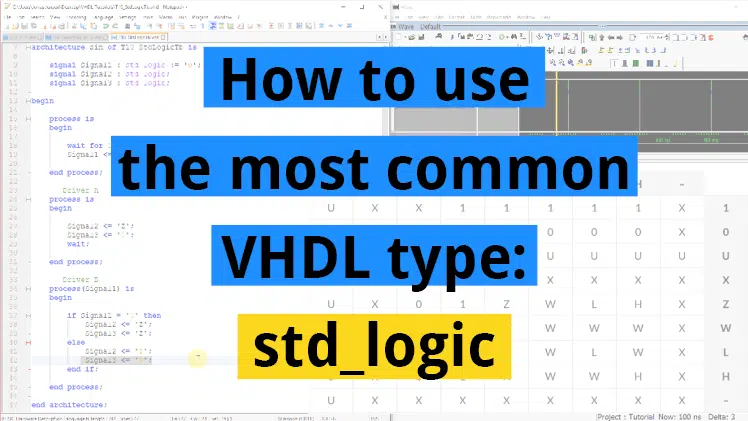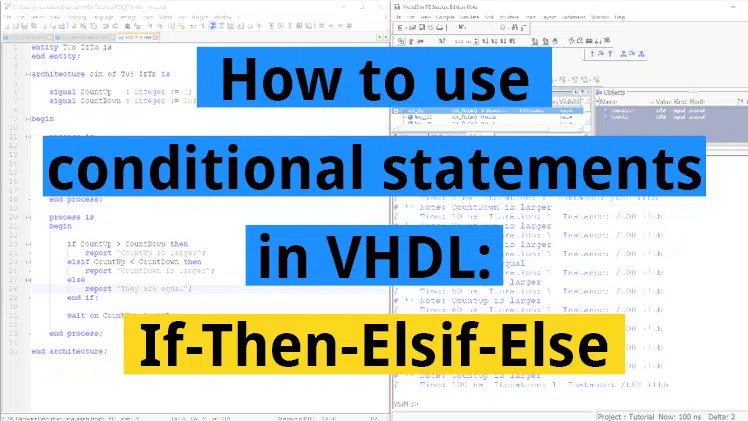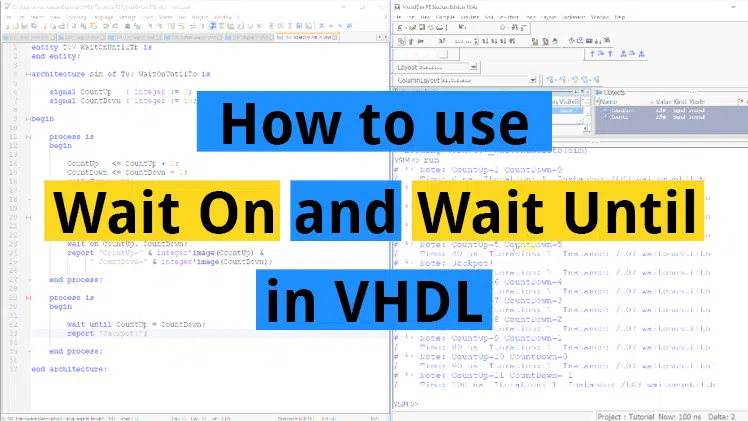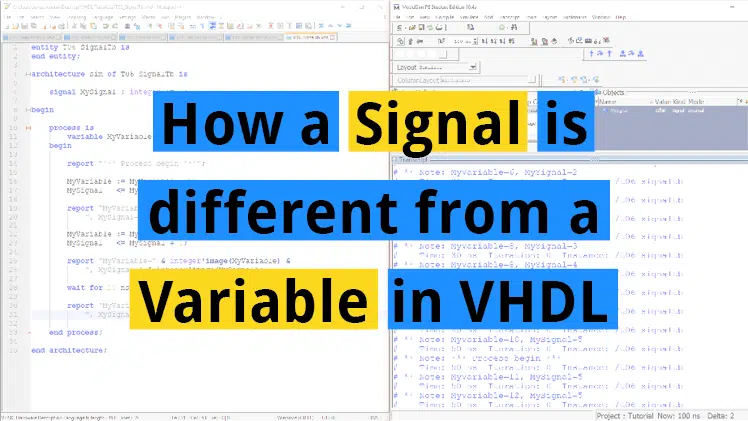How to use a Case-When statement in VHDL
The Case-When statement will cause the program to take one out of multiple different paths, depending on the value of a signal, variable, or expression. It’s a more elegant alternative to an If-Then-Elsif-Else statement with multiple Elsif’s. Other programming languages have similar constructs, using keywords such as a switch, case, or select. Among other things,…

